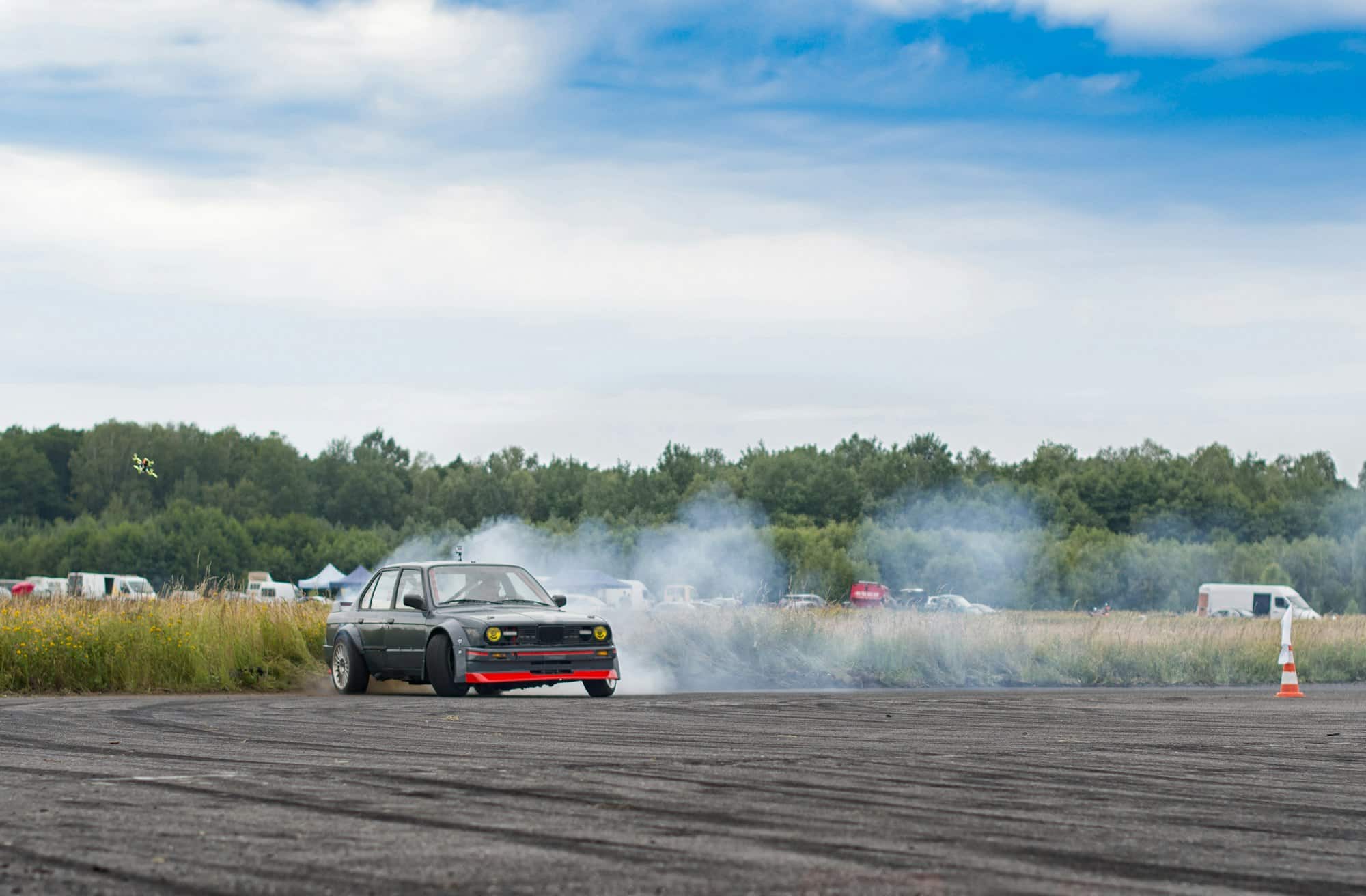What's the Most Effective Suspension Tuning for a Toyota GT86 in Drift Racing?

The art of drift racing strikes a balance between aesthetics, skill, and superior automotive technology. One integral aspect of achieving seamless drifting lies in the suspension setup of the race car. In this article, we focus on the Toyota GT86, known for its agility and nimbleness on the track, and how to get the most effective suspension tuning for drift racing. We will talk about the significance of suspension in drifting, explore various suspension components like the coilovers, camber, springs, and discuss the ideal setup for the Toyota GT86.
Understanding the Importance of Suspension in Drifting
For those uninitiated, drifting may seem like an out-of-control car skidding across the surface. However, it requires high precision, subtle control, and a well-tuned car. The vehicle's suspension plays a crucial role in managing the car’s interaction with the track, its grip, stability, and response, all necessary for a good drift.
A voir aussi : What Are the Best Shock Absorbers for a Smooth Ride in a Jeep Wrangler on Rough Terrain?
The suspension setup can significantly affect the car's weight transfer, which is a key aspect of drifting. When a car enters a drift, the weight shifts from the rear to the front, affecting the grip levels. A well-set suspension will allow the weight to transition smoothly, enabling a controlled drift.
Suspension Components Crucial for Drifting
Several parts of the suspension system contribute to a car’s drift capability. Let's dive into some of the key components:
A lire en complément : Can a Custom Exhaust System Enhance Fuel Efficiency in a Toyota Corolla?
Coilovers
Coilovers are a combination of shock absorbers and coil springs in one unit. They are essential for controlling the car's damping and rebound during drifting. The best coilovers for a Toyota GT86 would provide a high level of adjustability, allowing you to fine-tune your car's handling and response according to the track conditions.
Camber
Camber refers to the tilt of the car's wheels from vertical when viewed from the front. A negative camber, where the top of the wheel is tilted inward, can improve grip during drifting. However, too much negative camber can lead to poor straight-line stability. For a Toyota GT86, a good balance is essential.
Springs
The springs absorb the impact from road surfaces and control the car's ride height. Stiffer springs are generally better for drifting, as they reduce body roll and improve stability. However, they can make the car challenging to control on uneven surfaces.
The Ideal Suspension Setup for a Toyota GT86 in Drift
Now that we've understood the importance and role of different suspension components let's look at an ideal setup for a Toyota GT86.
Front Suspension
The front suspension setup significantly affects the car's steering response and grip. The Toyota GT86 benefits from slightly stiff front spring rates and coilovers with a high damping force. This setup will improve the car's turn-in response and reduce understeer.
A moderate negative camber at the front can increase grip during drifting. However, excessive camber might wear out the inside of the tires prematurely and affect the car's straight-line stability.
Rear Suspension
The rear suspension decides how the car handles during the drift's exit. A softer rear spring rate allows for better traction and more predictable weight transfer.
For the rear camber, a slight negative or even zero camber could work well. It will ensure a larger contact patch between the tyre and road, providing better grip when power sliding out of a drift.
The Role of Wheel Alignment in Drifting
Apart from the suspension setup, wheel alignment also plays a critical role in drifting. In a Toyota GT86, a slight toe-out at the front will enhance the car's turn-in response, while a slight toe-in at the rear can increase straight-line stability. However, keep in mind that aggressive toe settings can lead to excessive tyre wear.
All in all, setting up the suspension for drift racing is a delicate balancing act. You must adjust the components to suit the unique demands of the track, your driving style, and the car's behavior. Remember, the ultimate goal is to achieve a controlled and smooth drift. So, don't be afraid to experiment with different setups and find the one that helps your Toyota GT86 dance around the corners most gracefully.
Suspension Adjustments for Drifting: The Role of Spring Rates, Damping Adjustment, and Sway Bars
Drift cars have a different set of requirements compared to regular race cars. While standard racing prioritizes speed and aerodynamics, drift racing focuses on maintaining a controlled slide. Therefore, the suspension components should be tuned to meet these unique demands.
Spring Rates
In the context of drift cars, the spring rate refers to the stiffness of the springs. A higher spring rate means stiffer springs and vice versa. As already discussed, stiffer springs at the front and softer ones at the rear are ideal for the Toyota GT86. But keep in mind that this configuration may not work the same on different models like Subaru BRZ or for different racing styles.
Damping Adjustment
Damping adjustment is all about balancing the car's comfort, stability, and agility. A coilover with a high damping adjustment allows for better control over the car's movements, making it a critical component in any drift car. This adaptability is especially useful in games like Gran Turismo or Forza Horizon, where track conditions can vary significantly.
Sway Bars
Sway bars, also known as anti-roll bars or stabilizer bars, help reduce the car's body roll during sharp turns. In drift racing, sway bars can help manage the car's balance and improve its stability. A good practice is to use stiffer sway bars at the front and softer ones at the rear.
Influence of Steering Rack and Lock Kit on Drifting
Besides suspension tuning, the steering system also plays a crucial role in drift racing.
Steering Rack
A quick ratio steering rack allows for faster steering inputs, meaning less wheel movement is required to achieve a certain steering angle. This trait is beneficial in drift racing, where rapid and sharp turns are frequent.
Lock Kit
A lock kit is another essential component for drift cars. It increases the maximum steering angle, allowing for more aggressive drifts. For a Toyota GT86, a quality lock kit can significantly enhance its drifting performance.
Conclusion: Achieving the Perfect Drift
Mastering drift racing with a Toyota GT86 or any other car involves understanding and adjusting the various elements of suspension tuning, including spring rates, damping adjustment, and sway bars. Furthermore, optimizing the steering rack and lock kit can also greatly enhance the car's drifting capability.
Drifting, whether in real life or games like Gran Turismo and Forza Horizon, is a delicate dance between the driver and the vehicle. And to make your car dance smoothly, it's crucial to find the right balance in its suspension setup, nor forgetting factors like ride height and negative camber.
Remember, the aim is not just to make the drift car look good, but also to ensure it responds well to the driver's commands while maintaining a controlled slide. Don't hesitate to experiment with different settings until you find the perfect balance that allows your Toyota GT86 or Subaru BRZ to drift smoothly and gracefully around every corner.
